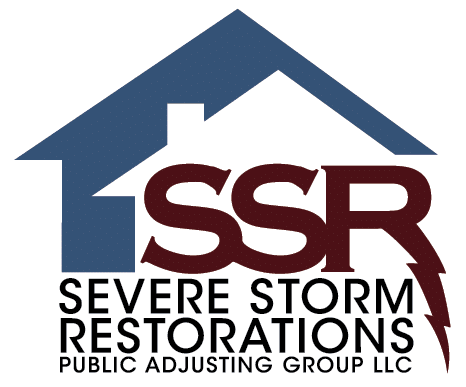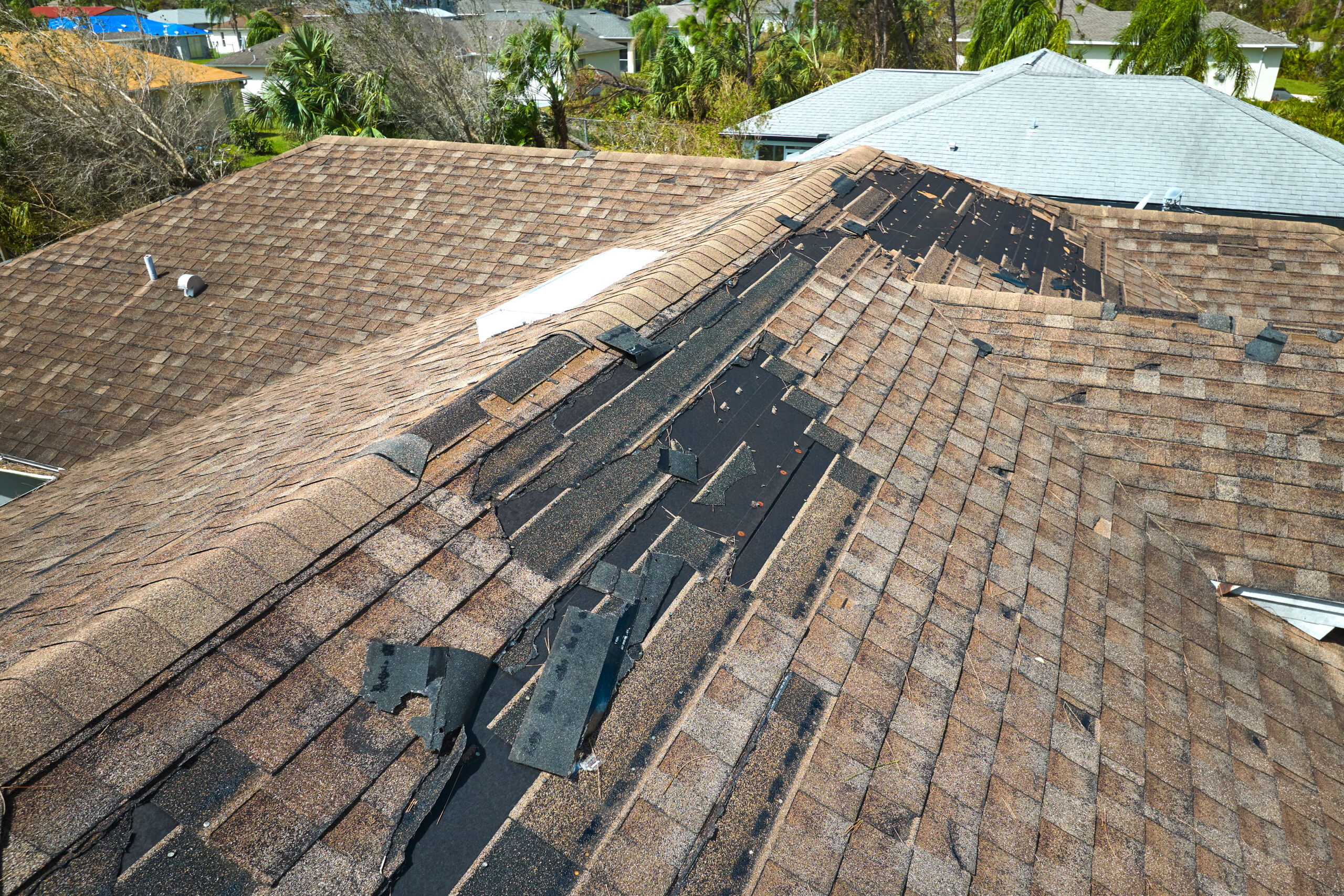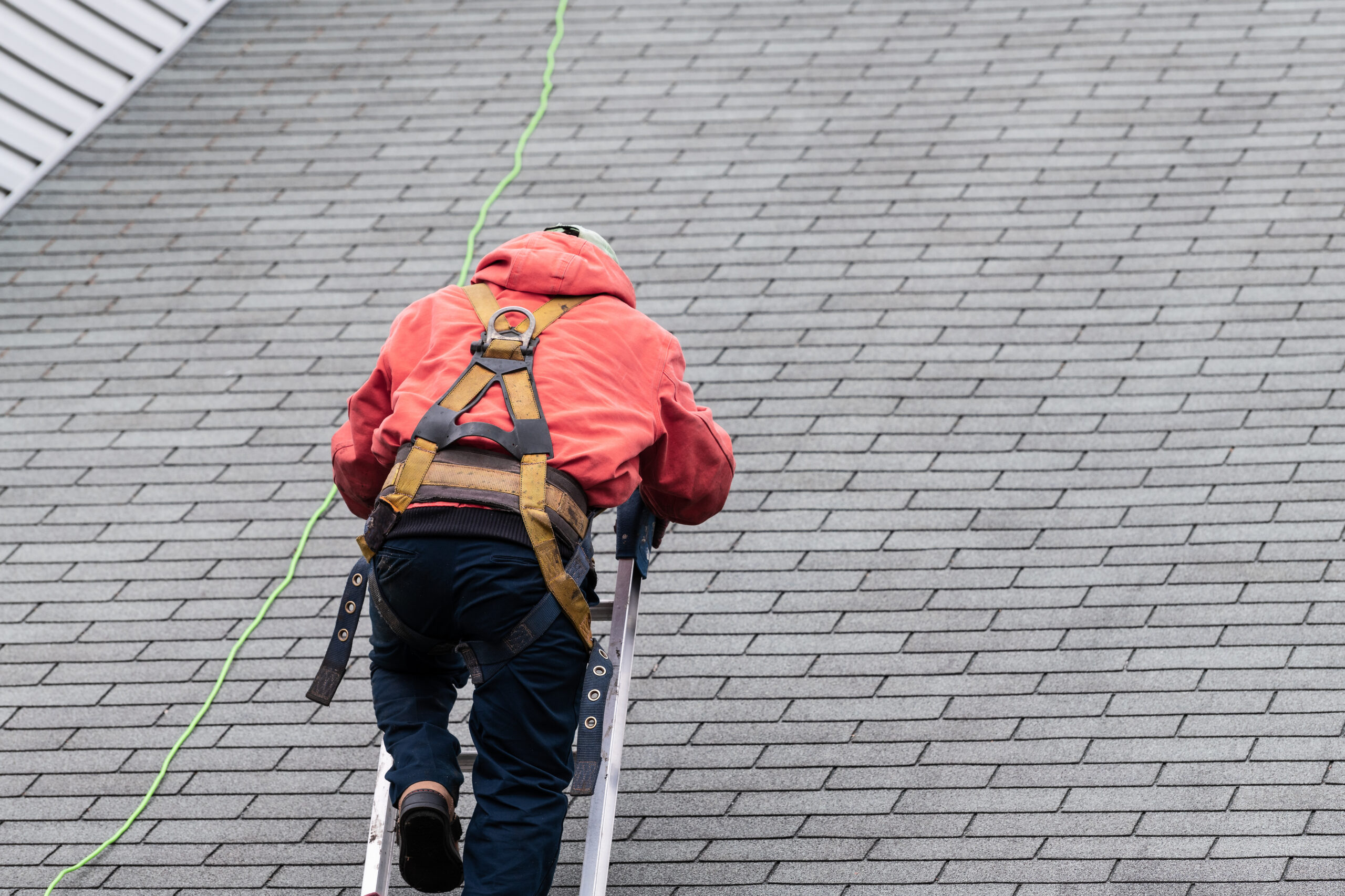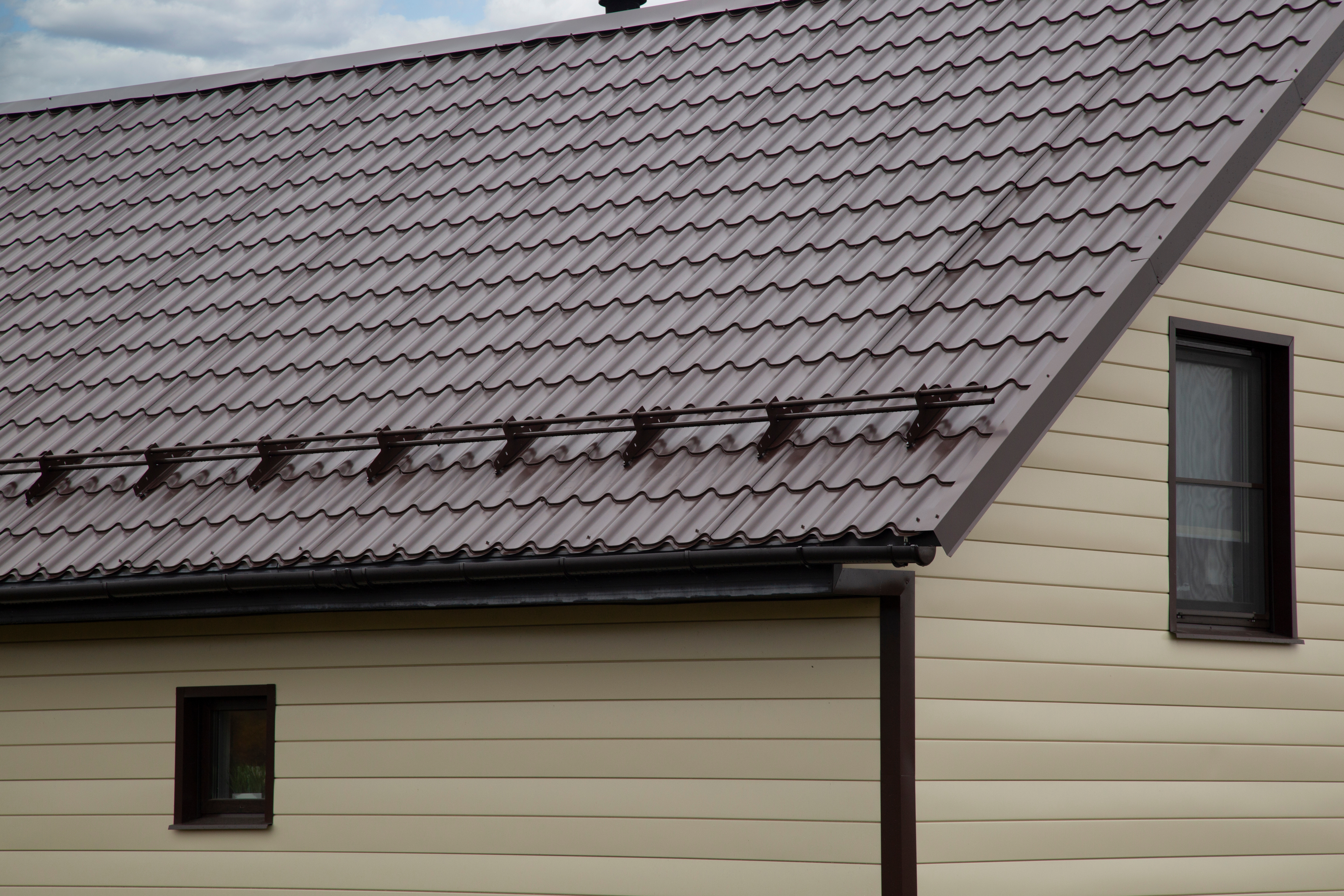Table of Contents
Windstorms can cause significant wind damage to your property, often leaving behind issues that aren’t immediately visible. Wind can lift shingles, crack siding, shatter windows, and displace outdoor fixtures, leading to both immediate and long-term problems. What may seem like minor cosmetic damage can quickly escalate into water infiltration or structural instability if not addressed. Identifying wind damage early is essential for maintaining the safety of your property. In this article, we’ll walk you through the key signs of wind damage for both residential and commercial properties, helping you take action before the damage worsens.
1. Inspect the Roof for Missing or Damaged Shingles
The roof is one of the most vulnerable areas during a windstorm. High winds can easily lift, curl, or tear off shingles, leaving your roof exposed to the elements. After a windstorm, inspect your roof from the ground or use binoculars to look for:
- Missing Shingles: Check for any bare spots where shingles have been torn away. Missing shingles can lead to water leaks and further damage if not promptly replaced.
- Curling or Lifting Shingles: Wind can cause shingles to curl or lift at the edges, making them more susceptible to being blown off in future storms. Lifted shingles also allow water to seep underneath, potentially leading to leaks.
- Cracked or Torn Shingles: High winds can crack or tear shingles, compromising their ability to protect your roof. Look for visible cracks or torn edges.
If you notice any of these wind damage signs, it’s essential to have a professional inspect your roof for further damage.
2. Check for Damaged or Loose Flashing
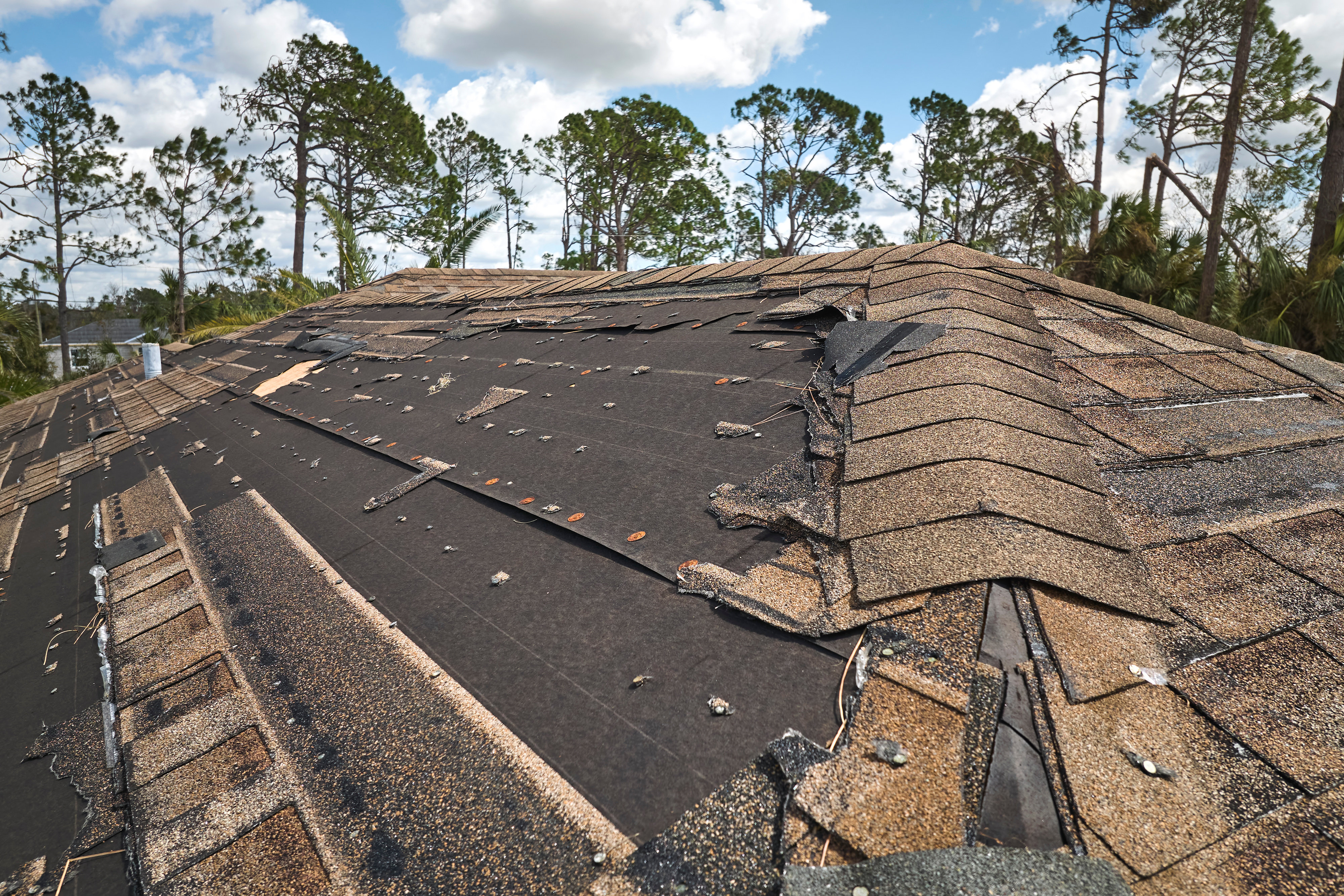
2. Check for Damaged or Loose Flashing
Flashing, the metal pieces that cover seams and joints on your roof, is particularly susceptible to wind damage. Strong winds can loosen or bend flashing, creating gaps where water can enter. Inspect the flashing around chimneys, vents, skylights, and roof valleys for signs of:
- Loosened Flashing: Wind can pry flashing away from the roof surface, creating openings for water infiltration.
- Bent or Missing Flashing: Bent flashing can lead to improper sealing, while missing flashing leaves seams completely exposed.
Ensuring that your flashing is intact and securely fastened is crucial to preventing water damage.
3. Look for Dents or Damage to Siding and Exterior Walls
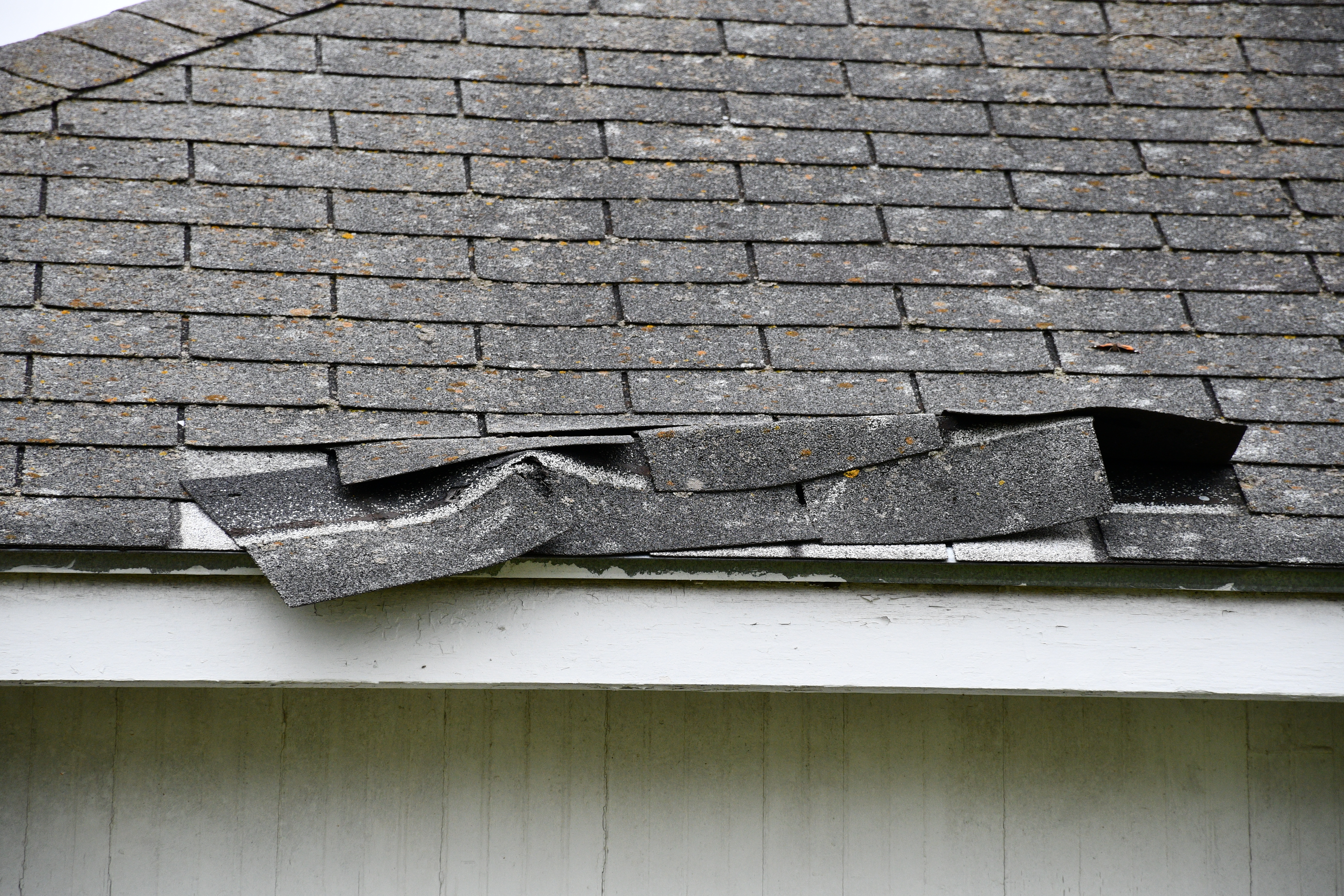
Windstorms can hurl debris against your property, causing wind damage to siding and exterior walls. After a storm, carefully inspect your home or building for:
- Dented or Cracked Siding: Strong winds can cause siding to crack or dent, especially if it’s made of vinyl or aluminum. Damaged siding can compromise your home’s insulation and allow water to seep in.
- Loose or Missing Siding Panels: High winds can loosen siding panels or rip them away entirely, leaving your property vulnerable to the elements.
- Peeling Paint: While peeling paint can result from various factors, wind-driven rain and debris can accelerate this process, particularly on older properties.
Addressing siding wind damage quickly can prevent further deterioration and maintain your property’s exterior integrity.
4. Examine Windows and Doors for Damage
Windows and doors are also at risk during windstorms. High winds can crack or shatter glass, damage frames, or cause seals to break. Inspect your windows and doors for:
- Cracked or Broken Glass: Check for any cracks or shattered glass, especially in windows facing the wind’s direction.
- Loose or Damaged Frames: Wind pressure can loosen window and door frames, reducing their effectiveness in sealing out the elements.
- Damaged Seals: Look for signs of broken or compromised seals, such as condensation between double-pane windows.
Damaged windows and doors should be repaired or replaced promptly to restore your property’s security and energy efficiency.
5. Inspect Gutters and Downspouts
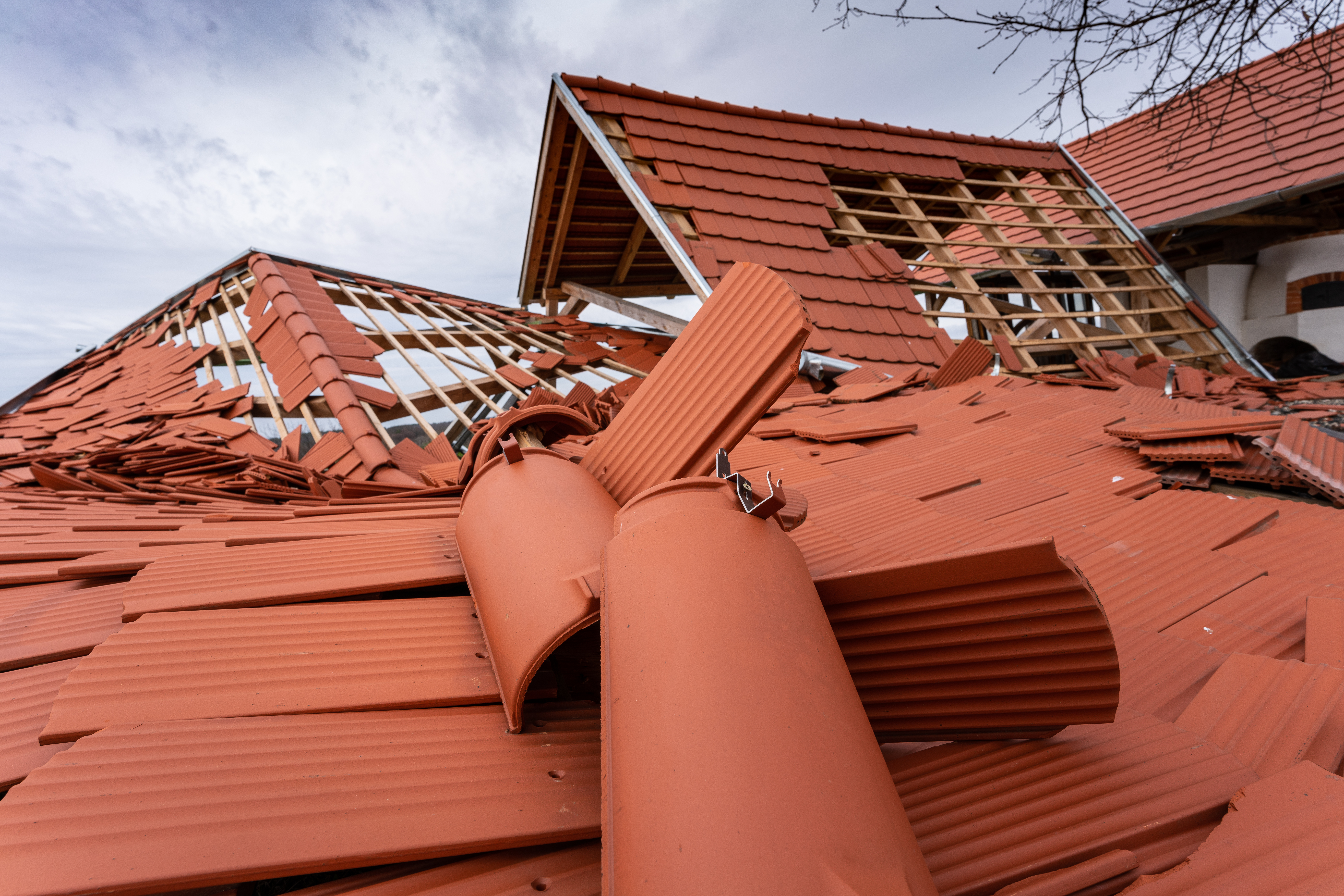
Gutters and downspouts play a critical role in directing water away from your property. However, wind damage can cause them to become loose, bent, or detached. After a windstorm, check your gutters and downspouts for:
- Loose or Hanging Gutters: High wind damage can pull gutters away from the roofline, preventing proper water drainage.
- Bent or Cracked Downspouts: Inspect downspouts for bends or cracks that could impede water flow and lead to pooling near your foundation.
- Clogged Gutters: Wind can blow debris such as leaves and branches into your gutters, clogging them and causing water to overflow.
Regular maintenance and prompt repairs to your gutter system can help prevent water damage to your property’s foundation and exterior walls.
6. Assess Your Landscaping and Outdoor Fixtures
Windstorms can also cause damage to your landscaping and outdoor fixtures. Look for:
- Fallen or Leaning Trees: High winds can uproot trees or cause them to lean dangerously close to your property. Inspect trees for signs of instability, such as exposed roots or cracks in the trunk.
- Damaged Fences: Fences can be blown over or damaged by flying debris. Check for loose or broken panels and posts.
- Shifted Outdoor Furniture and Fixtures: Wind can move or damage outdoor furniture, light fixtures, and other items. Secure any items that have been displaced to prevent further damage.
Addressing these issues promptly can prevent further damage and maintain the safety and appearance of your property.
Conclusion
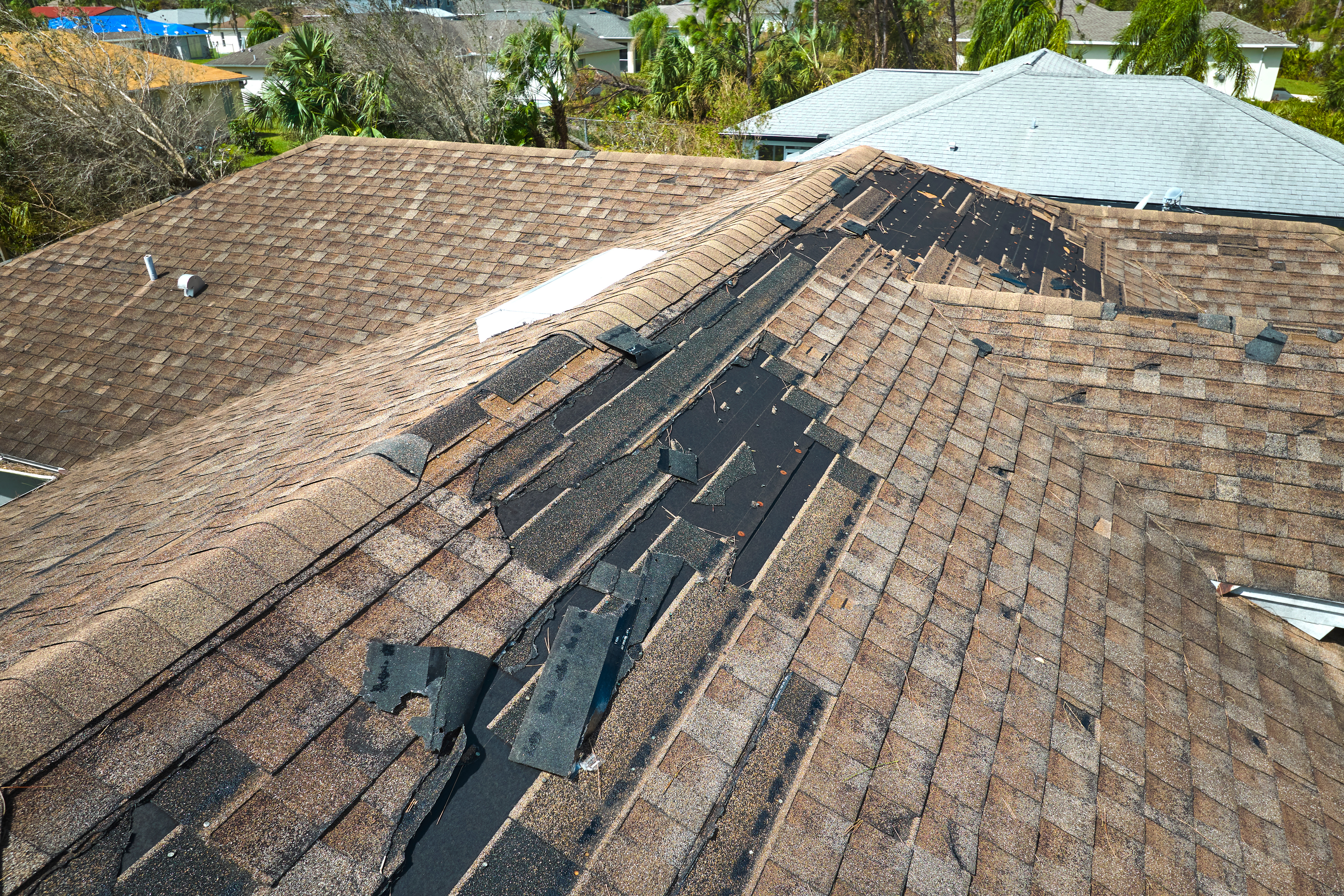
Wind damage can range from minor issues to significant structural problems, but early detection and prompt repairs can help protect your property and prevent costly repairs down the line. If you suspect your property has suffered wind damage, it’s essential to conduct a thorough inspection and contact a professional restoration company like Severe Storm Restorations, LLC. Our team of experts can assess the damage, provide necessary repairs, and ensure your property is restored to its pre-storm condition. Contact us today at (855) 742-7663 or visit our website at severestormrestorations.com to schedule an inspection and get started on restoring your property.
